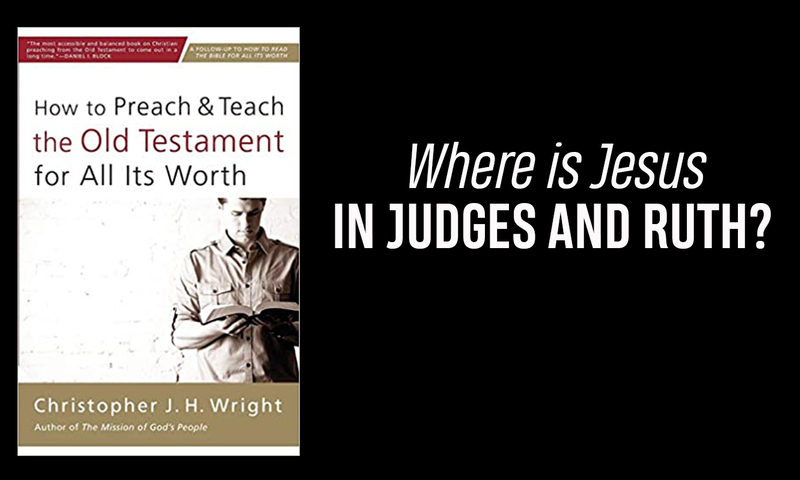Jesus’ statement to the disciples on the road to Emmaus has long provided Christians with a hermeneutical key to reading the Old Testament: “beginning with Moses and all the Prophets, he interpreted to them in all the Scriptures the things concerning himself” (Luke 24:27 ESV). Unfortunately, Luke does not record how exactly Jesus interpreted the Old Testament in this case. In this post we will analyze several means of finding Jesus in the Old Testament, focusing on Judges and Ruth as a test case. We will organize our material in this section through categories developed by Christopher Wright in his book How to Preach and Teach the Old Testament for All Its Worth.
First, narrative texts allow us to connect the Old Testament story to the broader story of God’s plan for the world.[1] The most natural way to do this in Judges and Ruth is through the genealogy at the end of Ruth, which moves the focus from the characters of the story to their descendant David. This allows easy movement to the bigger picture of the Old Testament and then on to the New Testament and later stages of YHWH’s drama.[2] The connection is not as clear in Judges, though the move can be made by examining the role of the judges in the broader history of Israel. Barry Webb says “In Judges we are on a trajectory on which we might, with good reason expect to see … some anticipations of God’s future work in David and in Christ.”[3]
Second, some OT texts allow us to connect to Jesus through promises, usually as embodied in covenants.[4] While some indirect connections to the Davidic Covenant can be made through the genealogy at the end of Ruth, this method of connecting Jesus to the OT text is not very productive for Judges and Ruth.
Third, many narratives provide us with characters and events that are similar to Jesus,[5] what many refer to as typology. The early church fathers provide many examples of typology that many readers today would
 91ĆŢÓŃ
91ĆŢÓŃ